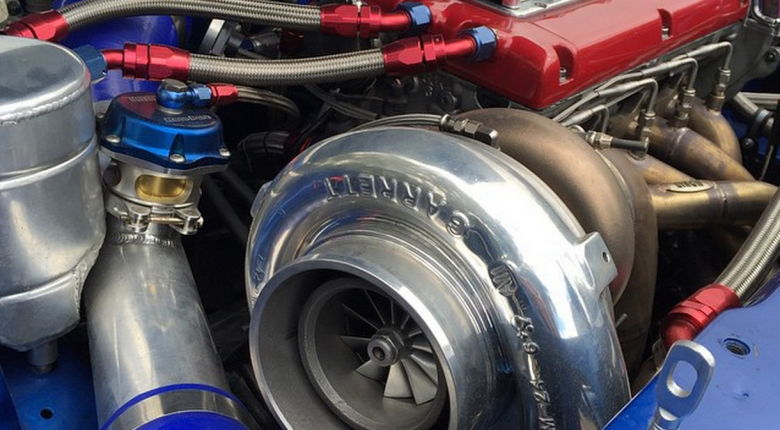The term ‘billet compressor wheel’ has become a popular buzz word in turbocharging that's often misunderstood. In a conventional turbocharger, the compressor wheel is cast from aluminium but the material and the manufacturing method have almost nothing to do with the airflow or power a turbo can support.
The airflow potential is related to the design and size of the compressor wheel, hence it’s possible to create exactly the same compressor wheel design using either a casting or machining process, and if the design is the same, the airflow potential of the wheel will be the same - There is no magic. So why are billet wheels popping up everywhere if there are no advantages? Well we didn’t say there aren’t advantages. The advantages just aren’t what most people think they are. One key advantage of a billet wheel is that it's stronger than a cast wheel.
Now this isn’t going to mean much to most people on the street, after all when was the last time your compressor wheel just plain fell apart? If you’re a serious drag racer though, then the billet material can provide a strength and reliability advantage that's essential at extremely high boost pressure. Where material strength can be used to our advantage is in the manufacturing process. The stronger billet material can allow the designer to remove material around the hub without weakening the wheel, or potentially use a more aggressive blade profile to gain an airflow or efficiency advantage. Essentially the manufacturer is taking advantage of the strength of the material to produce a compressor wheel design that wouldn't be reliable if it was cast instead - In this situation the billet wheel can offer an advantage, but it's important to realise we now have two different compressor wheel designs.
A key reason why billet wheels have become so popular is that it provides turbo manufacturers much more flexibility in bringing new compressor designs to market, particularly in small run sizes. The casting process is expensive for low volume production, and it's time consuming. In comparison, billet designs can be manufactured in small runs very rapidly. This is critical in the prototyping process, allowing manufacturers to test a wide range of wheels and select the best. We aren’t here to knock billet wheels as this technology has resulted in some huge improvements in turbo performance over the last 5 years, but it's worth understanding what they can offer and where the potential for more power comes from.
It’s important to know what you’re buying and why, and if you swap out a cast compressor wheel for an identical designed billet wheel and expect to pick up 100 hp, prepare for disappointment.







